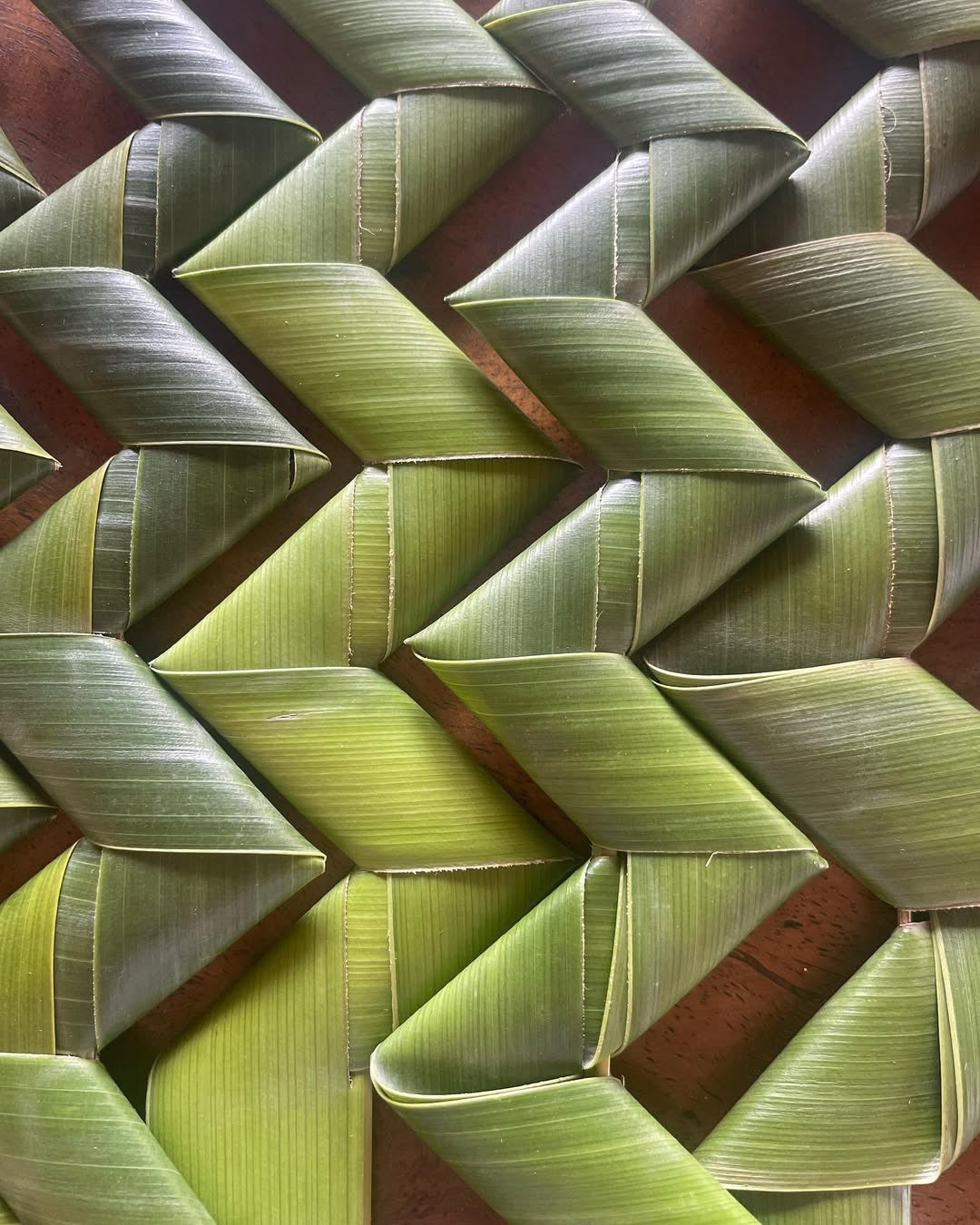
The Season of Joy: How Sukkot Redefines Happiness
Share
Every year, Sukkot arrives right after the intensity of the High Holidays - after all the introspection, the prayers, the resolutions. We’ve spent weeks looking inward.
And then, just as we’re spiritually full, we step outside.
Into a fragile little hut, with branches for a roof and stars peeking through.
Joy in the Temporary
Sukkot is called Zman Simchateinu - the Season of Our Joy - but it’s not the kind of joy you buy or plan.
It’s the kind that comes when you sit in a drafty sukka, wrapped in a sweater, sharing soup and laughter with people you love. It’s a joy that asks nothing to be perfect - only to be present.
Because Sukkot reminds us that happiness isn’t built on what lasts. It’s built on gratitude, on the ability to find beauty in what’s fleeting.
The Paradox of Joy
It’s no coincidence that this festival of joy comes after Yom Kippur - the most solemn day of the year.
We clean our hearts, we face ourselves honestly… and only then can we make room for joy that’s real.
Sukkot teaches us that happiness isn’t the opposite of vulnerability, it includes it.
True joy has space for wind and rain, for imperfection and awe.
The Practice of Simchah
In Hebrew, simchah (joy) isn’t a feeling - it’s a practice. You choose it. You cultivate it.
You build it like a sukka - piece by piece, with intention, knowing it might sway a little, and that’s okay.
So this week, as you sit under branches and stars, remember:
Joy doesn’t require certainty.
Only openness.
Only the courage to be grateful - here, now, as you are.
Sukkot invites us to live lightly. To build joy from what’s simple. To find happiness that holds, even when the walls don’t.
📬 Want more reflections like this?
Subscribe to the Judaica Studio newsletter for stories, seasonal rituals, and handmade Judaica with meaning.
